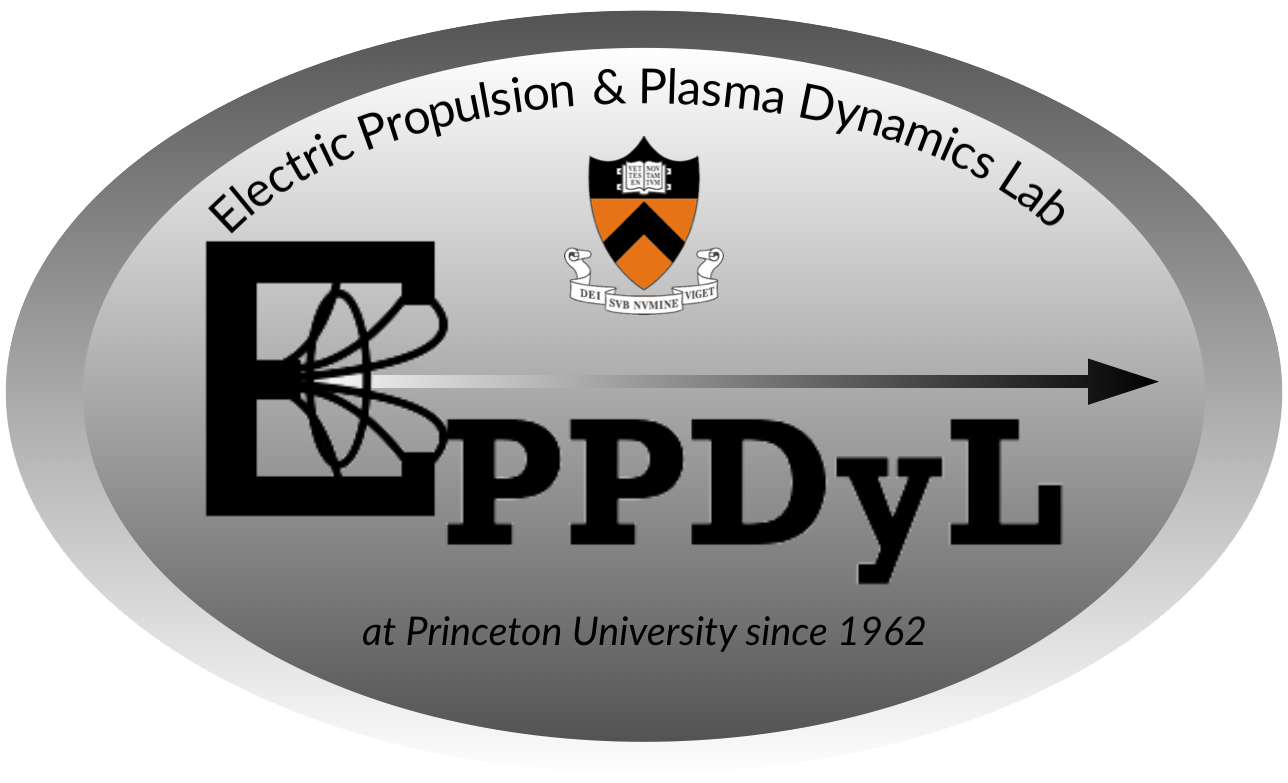MEMS Megapixel Microthruster Array

Introduction
Recently, there has been a great deal of interest in micropropulsion for space applications. These applications range from drag make-up and stationkeeping to formation flying of multiple satellites. Microthrusters readily lend themselves to these applications for a few reasons. First, their small size and reduced power requirements make it possible to scale down the size and weight of the entire spacecraft. The lower weight and smaller size translate to reduced launch costs and potentially lower manufacturing costs. Also, thrusters in this class give very small and precise impulse bits (on the order of 10s of mN-s). In such formation flying missions like space based interferometry, the relative positions of the satellites is very important and maintaining tight tolerances in their relative positions is very difficult unless such small, precise impulse bits are available.
With the recent advances in MEMS (Micro-Electro-Mechanical Systems) manufacturing technology, it is now possible to manufacture thrusters on a length scale of mmeters. The Honeywell-Princeton MEMS Megapixel Microthruster Array (MMMA) is just such a device. It consists of a 256x256 array of pixels, each one capable of being fired as a separate thruster. This thruster operates by first igniting a small amount of lead styphanate which in turn ignites the main propellant of a nitrocellulose mixture. This is then exhausted from the fired pixel out a channel to produce thrust.
The challenges from a research point-of-view are many fold. One question to ask is can this small an impulse bit be measured (i.e. is the signal-to-noise ratio high enough to resolve the impulse bit accurately)? Another could be how do different propellant combinations affect the overall performance of this device? Which ignitor/propellant combinations are the best suited and why? A more general question which can be applied to all microthrusters is how does the performance of the device scale with the relavant parameters (length, propellant volume)? In other words, as we take devices and shrink them to the micro-level, what parameters determine the performance?
Pictures






